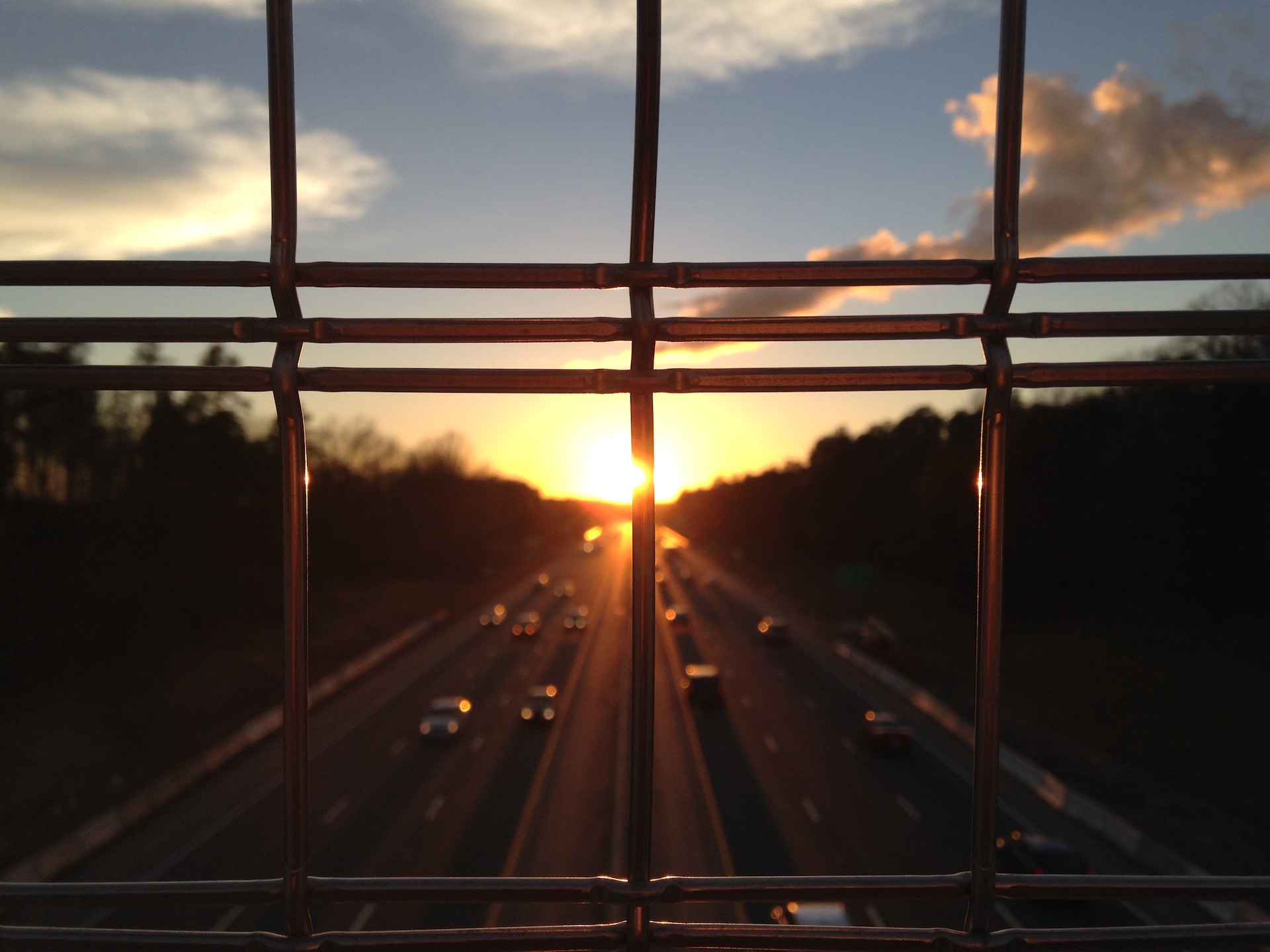Summer is Over and Days are Getting Shorter

Summer is over and with that, the amount of daylight each day will start to get noticeably shorter. In the Philadelphia area, we experienced 15 hours of daylight on the summer solstice (June 21, 2023), which was the longest day of the year. On the winter solstice (December 21, 2023), the shortest day of the year, daylight will last just 9 hours and 20 minutes. With the shorter days, drivers are faced with the reality of having to travel more often during the hours of darkness.
Statistics from the National Highway Traffic Safety Association (NHTSA) show that about half of fatal crashes occur during nighttime, when only 25% of travel occurs. Therefore, the fatality rate per vehicle mile of travel is about three times higher at night than during the day. The research suggests that drivers during nighttime travel tend to take more risks which leads to the higher crash rate.
Once Daylight Savings kicks in at the beginning of November, the sun will start to set before 5:00 pm and will remain that way until mid-January. When most of us will be clocking out from work, it will be dark outside, so take extra precaution while driving home.
Stay safe out there!

